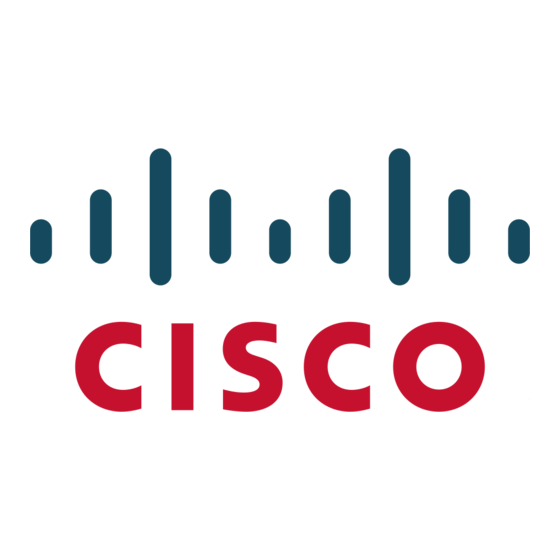© 2009 Cisco Systems, Inc. All rights reserved. This document is Cisco Public Information.
Cisco TelePresence for Healthcare:
Improving the Quality and Speed of Care
Executive Summary
Organizations dedicated to improving healthcare rely on collaboration and innovation to help them
meet productivity and economic challenges. Whether it is a pharmaceutical company seeking to
accelerate drug discovery or a hospital needing to maximize the productivity of its specialists, the
ability to bring people together with each other – and with information – is integral to achieving their
goals. Cisco TelePresence™ helps healthcare organizations:
Strengthen clinical collaboration cost-effectively
●
Enable virtual care team consultation
●
Manage distributed operations
●
Scale scarce resources and reduce travel costs
●
Expand access to care
●
Introduction
Finding ways to manage rapidly escalating costs, accelerate innovation, deliver high-quality care,
and maximize use of skilled resources is particularly important for healthcare organizations.
Demand for healthcare is growing rapidly, and organizations dedicated to delivering quality
healthcare services find themselves managing a dispersed care environment. They need better
access to primary and specialized care resources. And they must manage growing complexity in
their clinical, operations, and regulatory environments. Improving collaboration brings people
together with information and expertise to meet these challenges.
Growing Need for Internal Collaboration
Healthcare professionals, including physicians, residents, nurses, and staff must complete training
throughout the year to maintain licenses. Completing this training takes time away from patients
and often involves costly travel. Many forms of remote or online training are inadequate because
they do not facilitate appropriate interaction. Collaboration with specialists, such as tumor boards,
usually requires physicians to travel from a surrounding area and lose time with their patients. At
Brochure
Page 1 of 4

